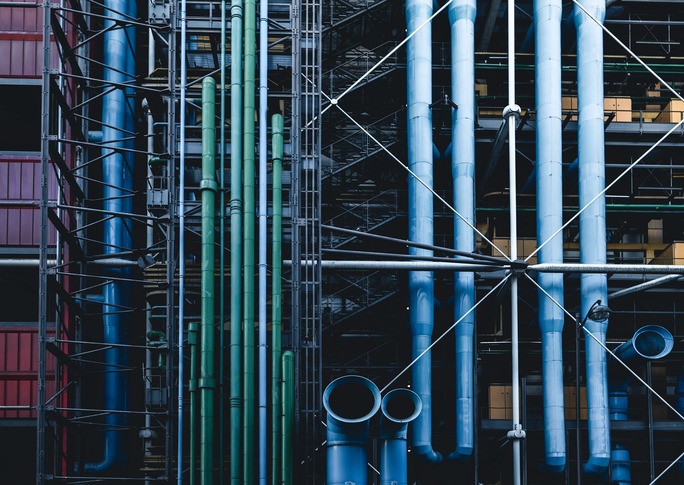A good candidate for CIPP is easier to find than you might think. Cured in place piping actually has very minimal requirements. Your pipe has to hold its shape to an extent, be clean on the inside, and able to be replaced by a slightly smaller pipe. Lastly, because CIPP fits inside your existing pipe, the size of your pipe can’t be too small. This article will discuss each of these requirements, and what it means for your pipes.
Not caved in
While CIPP works wonders on pipes, it can’t burrow through rock, dirt, and pipe debris. If your pipe has suffered a “cave in”, then CIPP is not going to work. Cured in place pipes require the presence of a host pipe. While that pipe doesn’t have to be in perfect shape (why would you be replacing it if it was?) it must be intact enough to be a form that your new pipe can harden inside. This is the biggest requirement of CIPP. Even if your pipes are caved in, a workaround could be possible. After replacing the caved in section of pipe, then CIPP could be run through your pipes.
Clean and unobstructed
The best candidates for CIPP includes industrial pipes that carry clean or relatively clean water. Drains and machinery supplies are great candidates for CIPP. As mentioned briefly above, CIPP must fit the form of the host pipe in order to harden. Obstructed pipes could create permanent bumps in your pipe. These imperfections may seem like minor issues at first, but they can grow. First, they lower the efficiency of the pipe itself, and negatively impact your experience. Secondly, imperfections in the pipe become weak spots that wear out faster. Too many imperfections can lower the life expectancy of your pipe. The best pipes to host CIPP are smooth and clean. While most cracks, leaks, and gaps will be fine, issues arise as these problems add up.
Difficult to access
Pipes that are difficult to access are often perfect candidates for CIPP. Vertical pipes, drain pipes, and even some machinery pipes make good CIPP candidates. The reason for this is that it’s difficult to service them in other ways. Assuming that CIPP is possible (the pipes haven’t collapsed, etc.), it makes more sense to install CIPP on difficult to access pipes than on ones that are simple to access. While all pipes benefit from the longevity and durability of CIPP, easy access pipes are often a low priority for the occasionally, more expensive repair.
Flexible on size
It makes sense that CIPP cannot be installed in a host pipe of the same size. Because the resin soaked pipe is inserted into your current pipes, it must have a smaller diameter. While not a serious reduction, CIPP reduces the diameter of the pipe by quarter-inches, a good candidate for CIPP will be a pipe that can handle a slight reduction in size. If you’re looking to increase the size of your pipes with your next repair, then CIPP is not for you.
A good candidate for CIPP is a host pipe in relatively fine shape. As long as it’s not collapsed or mostly missing, you should be fine. It’s tough to access and you want it to last a really long time. CIPP technicians can ensure that your pipe is an excellent fit before installation begins.
